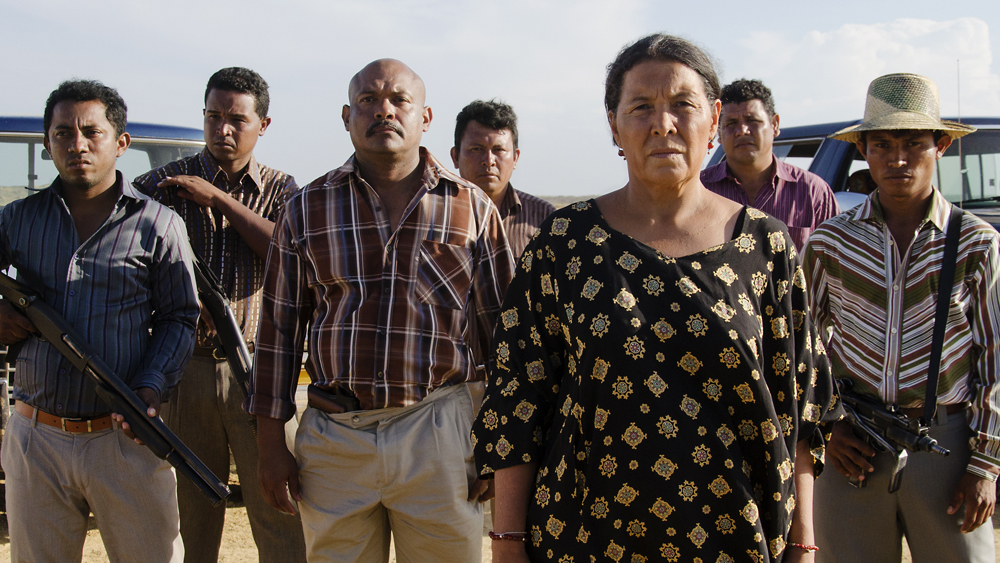Birds of Passage lives in the moral grey area between cultural accuracy and creative license. On Sept. 20, in conjunction with the Centre for Oral History and Digital Storytelling, Concordia University screened the 2018 Colombian film, which depicts violence within Wayuu communities, and invited Wayuu leader Jakeline Romero to speak about Wayuu representation in Birds of Passage.
Birds of Passage provides a hefty dose of violence and tragedy. Based on a true story, the film’s five distinct acts focus on a Wayuu community that becomes involved in international drug trafficking during the ‘90s. The film follows its protagonist, Rapayet (José Acosta), as he is thrust into the daunting role of leading a drug empire. Rapayet must reckon with the constant discord among the Wayuu and the inevitable war that ensues within the formerly peaceful group.
The narrative is elevated by the beautiful scenery the La Guajira region, featuring sprawling deserts, beaches, and dense forests. Once drug money starts to roll in, however, they erect massive houses in the middle of endless sand. Though entertaining and visually astounding, much of the film’s drama depicts inaccurate and harmful representations of the Wayuu.
“Sometimes people say that reality goes beyond fiction, but in this case it is the opposite,” Romero said in a brief lecture following the screening. “How do I feel? It’s my second time watching [Birds of Passage] and I’m frustrated because the Wayuu is a living culture, [we are] not fiction like Avatar. It’s frustrating because when talking about real people, [the individuals depicted] are affected.”
Romero explained that, not only are the Wayuu far less violent than they are portrayed, but the film butchers many of the simple facts of Wayuu culture: Since the Wayuu have a matrilineal culture, it would have been impossible for Rapayet to be in power. Furthermore the filmmakers completely misrepresented many of the culture’s wartime codes and rituals. Fundamental plot elements were exaggerated or fabricated entirely.
“This is a historical period that existed, but it was not [true] that [the events depicted were] carried out solely by the Wayuu people. It was much bigger than that, it was just that [the Wayuu] were part of the transit of the drugs,” Romero said.
Romero expressed satisfaction at seeing some aspects of her culture accurately portrayed, but understands that the details the film succeeded in portraying are not what audiences will remember about Birds of Passage.
“As a Wayuu I can appreciate many things about the film, but the general audience will not see those things,” Romero said. She observed that even the remarkable beauty of the film could not be attributed entirely to its filmmakers.
“The movie may be beautiful, but that’s because La Guajira is a beautiful place,” she said.
While Birds of Passage succeeds aesthetically, the misrepresentation of its subjects discredits much of the film’s content: Those details that initially seemed illuminating were in fact misleading. Romero’s perspective shed light on the realities of Wayuu life during the period when the film takes place; realities which perhaps would not have lent themselves as well to a Hollywood style movie.
Considering the level of familiarity most Western audiences likely have with the Wayuu people, many viewers may take for granted Birds of Passage’s inconsiderate portrayals of the communities it depicts. Despite the aesthetically appealing cinematography and superficially entertaining narrative of the film, Birds of Passage lacks an understanding of Romero’s culture that would have made the plot far more compelling.








